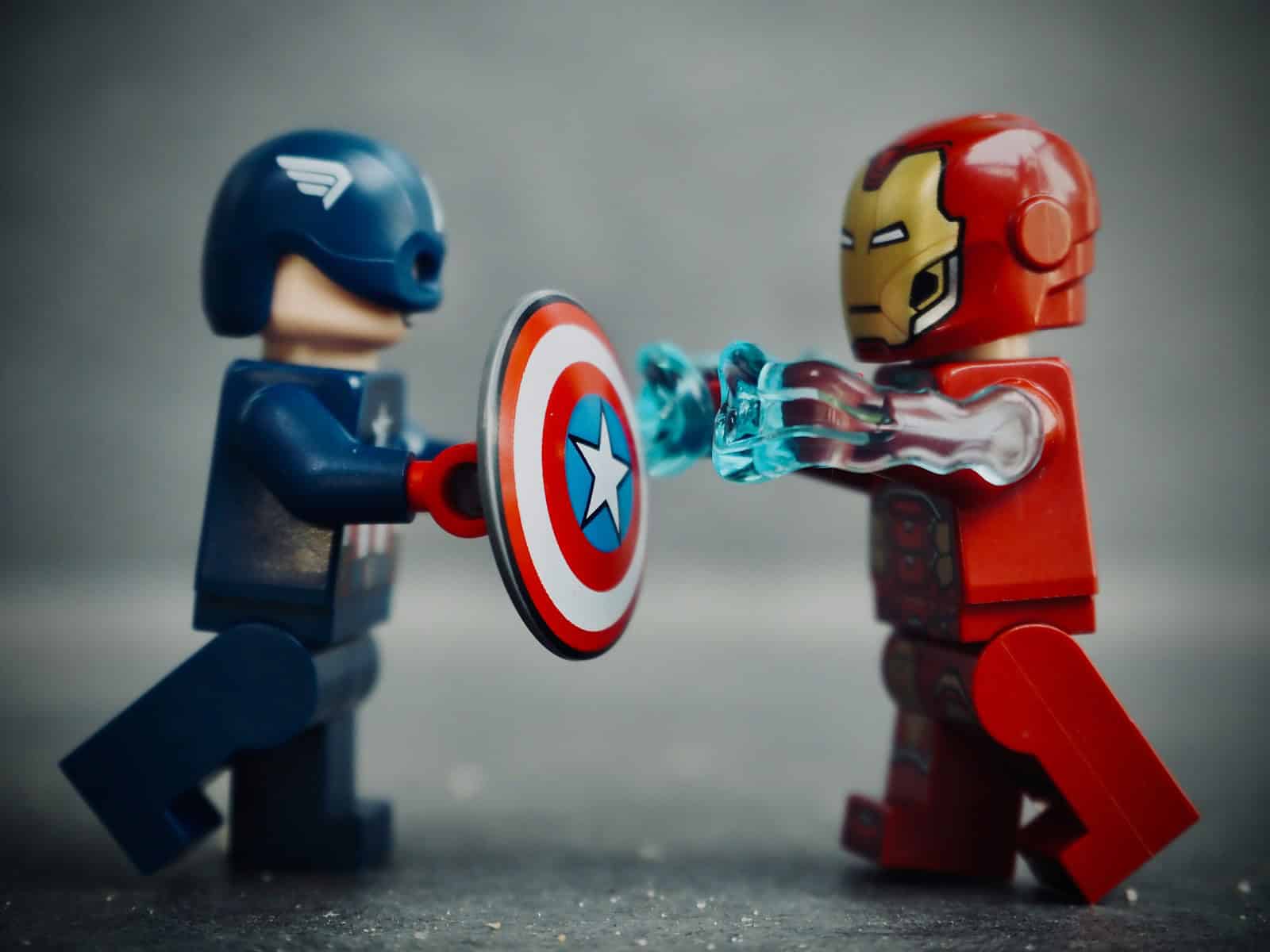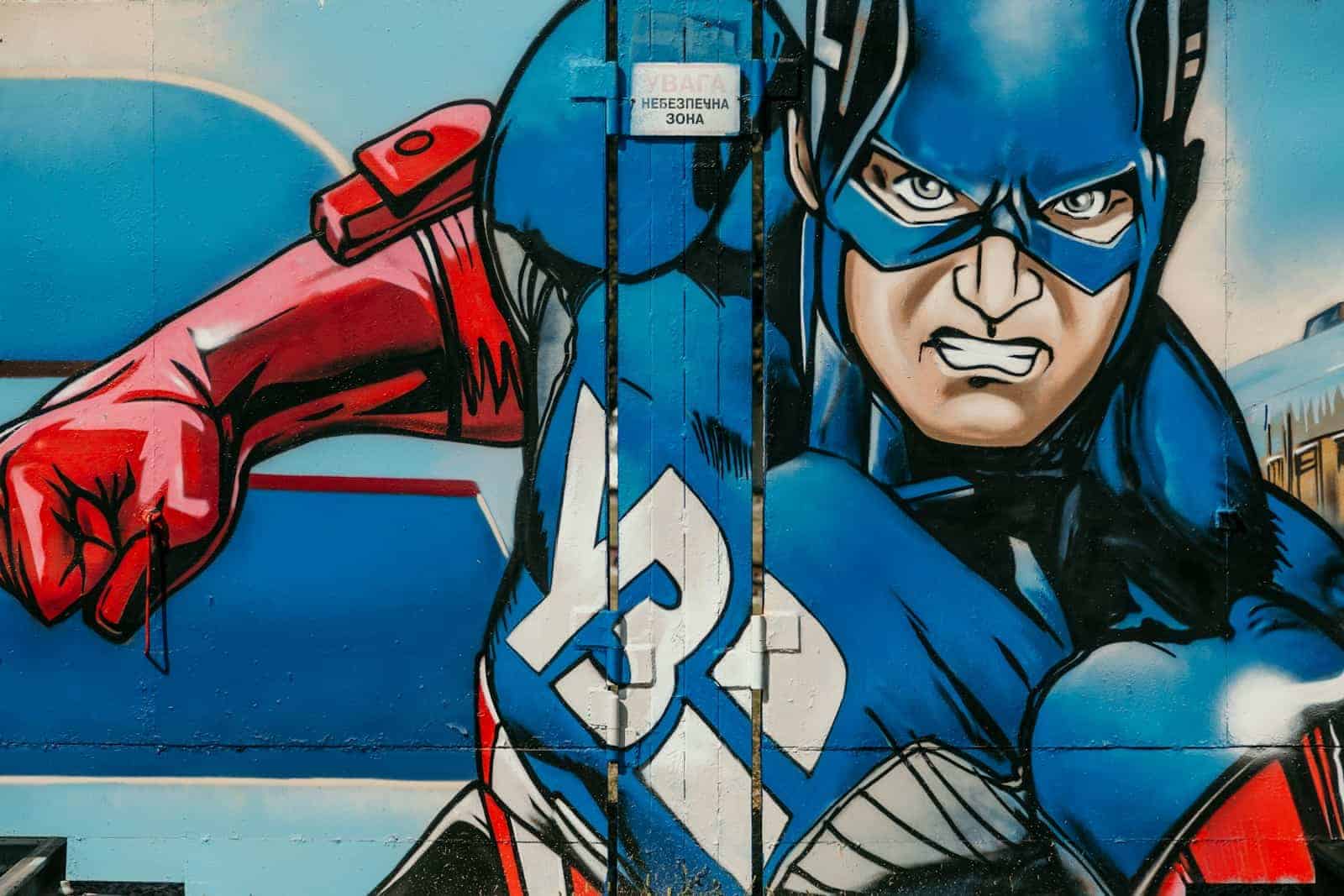Superpowers have captivated imaginations for generations. These extraordinary abilities propel comic book heroes, fuel action movies, and inspire daydreams of soaring through the sky or bending the elements to one’s will. But with so many fantastical powers out there, it’s easy to get lost in the whirlwind. To bring some order to the chaos, let’s delve into a categorized list of these extraordinary talents.
Exploring the Spectrum of Superpowers

Physical Enhancements: Pushing the Human Form Beyond Limits
These superpowers elevate the human body to superhuman capabilities.
- Strength: Imagine effortlessly lifting cars or punching through walls. Superhuman strength allows feats of incredible power, making the user a formidable force.
- Speed: Blurring past the eye or exceeding the speed of sound, characters with super speed can outrun speeding bullets or dash across continents in a blink.
- Stamina: Forget fatigue! Superhuman stamina enables characters to perform strenuous activities for extended periods without tiring.
- Invulnerability: Nearly indestructible, characters with invulnerability can withstand incredible punishment, from bullets and blades to extreme temperatures.
- Enhanced Senses: Imagine seeing in the dark, hearing whispers from miles away, or possessing an unparalleled sense of smell. Enhanced senses heighten awareness and grant extraordinary perception.
Elemental Mastery: Wielding the Forces of Nature
Elemental manipulation grants power over the fundamental forces of the universe.
- Fire Manipulation: The ability to conjure and control flames, project fire blasts, or even become human flamethrowers.
- Energy Control: From channeling electricity to manipulating pure energy for devastating blasts, energy control offers a vast array of offensive and defensive capabilities.
- Ice Powers: Commanding the power of ice and cold, characters with cryokinesis can create and manipulate ice, freeze objects, or even generate icy blasts.
- Nature Manipulation: Communicating with and controlling plants, animals, and the very elements of the Earth itself, nature manipulation grants dominion over the natural world.
This is just a glimpse into the vast spectrum of superpowers. Remember, the limitations are only set by imagination! With new heroes emerging all the time, the universe of extraordinary abilities continues to grow and enthrall.
Types of Superpowers
Superpowers split into different categories based on their nature and effects. These powers can dramatically enhance physical abilities, manipulate elements, unlock mental prowess, or alter the body in various ways.
Physical Enhancement
Physical enhancement superpowers boost the body’s capabilities beyond normal human limits. They include:
- Strength: The ability to exert great force, often allowing individuals to lift heavy objects with ease.
- Speed: This feature allows for moving at incredible velocities, sometimes even breaking the sound barrier.
- Stamina: Enhanced endurance lets superheroes engage in activities for extended periods without fatigue.
- Invulnerability: Providing resistance to damage, making someone tough to injure.
- Enhanced Senses: Upgraded hearing, smell, and taste, beyond typical human capacity.
Elemental Control
Elemental control comprises abilities that manipulate natural forces. Examples include:
- Fire Manipulation: The power to ignite and control flames.
- Energy Control: The mastery over various forms of energy, often used in energy blasts.
- Ice Powers: The capacity to generate and command ice and cold temperatures.
- Nature Manipulation: Abilities that enable influence over plants and the Earth.
Psychic Abilities
Psychic abilities involve mental powers. They are often unseen but potent:
- Telepathy: Reading thoughts and mental communication.
- Telekinesis: Moving objects with mind power.
- Mind Control: Influencing or controlling others’ actions and decisions.
Transformational Abilities
Transformational abilities allow heroes or villains to change their form:
- Intangibility: Passing through solid objects.
- Shapeshifting: Altering one’s physical form to mimic other beings or objects.
- Size: Increasing or decreasing body size at will.
- Camouflage: Blending in with surroundings, becoming nearly invisible.
Sensory Powers
These powers enhance one’s sensory perception, such as:
- X-ray Vision: Seeing through objects.
- Enhanced Hearing: Detecting sounds from vast distances or through barriers.
Travel Powers
Superpowers that enable astonishing ways to travel include:
- Flight: Soaring through the sky without mechanical aid.
- Teleportation: Instantaneously moving from one place to another.
- Super Speed: Moving so fast one can travel massive distances in seconds.
Each category of superpowers opens unique possibilities and challenges for those who possess them, significantly impacting their adventures and the world around them.
Superpowered Beings
Superpowered beings captivate our imagination, populating the worlds of comics, cinema, and stories with abilities that transcend human limits. They are the champions and adversaries of narratives that have captured hearts across generations.
Superheroes
Superheroes are individuals who use their extraordinary talents for the greater good. Typically depicted in comic books and movies, they often have unique names and costumes that add to their identity.
- Marvel Comics: Home to icons like Spider-Man, Iron Man, and teams such as the X-Men and the Avengers.
- DC Comics: Famous for Superman, Batman, and the Justice League, including heroes like The Flash and Green Arrow.
Each one stands as a favorite to different fans, often for their virtues as much as for their powers.
Villains
Conversely, villains use their powers for personal gain or to fulfill darker ambitions. These characters symbolize our fears and cautionary tales about power’s misuse.
- Famous Villains:
- Venom, known for his eerie appearance and connection to Spider-Man.
- The diabolical Joker, arch-nemesis to Batman.
- Loki, a trickster bringing chaos from Norse mythology into the Marvel Universe.
These supervillains are as integral to superhero stories as heroes themselves, providing conflict and complexity.
Mythic and Extraordinary Individuals
Moving beyond the modern comic book heroes and villains, mythology and fantasy literature are rich with beings of great power.
-
Mythic Figures: These characters draw from ancient legends, like gods and demigods wielding magic and might.
-
Extraordinary Individuals in Fiction: Characters from science fiction and fantasy settings often have powers that are explained through either magical means or advanced technology. They continue to enchant readers and viewers with their otherworldly capabilities.
Cultural Impact of Superpowers
Superpowers extend beyond politics and military might, influencing various aspects of daily life and broader culture. They shape the movies we watch, the books we read, and the technology we use.
Superpowers in Pop Culture
Superpowers often make their appearances in blockbuster movies and TV shows. Marvel and DC Comics have introduced us to groups like the Avengers, the Justice League, and the X-Men. These stories often feature ordinary individuals who gain extraordinary abilities. Superheroes and villains from these series have become cultural icons, influencing fashion, language, and even our sense of morality.
- Marvel: Known for Spider-Man, Iron Man, and the Avengers
- DC: Home to Batman, Superman, and Wonder Woman
- Televised Series: Shows like “The Flash” and “Star Trek,” showcasing superhuman abilities and advanced tech
Influence on Technology and Innovation
The high-tech gadgets and armor in comic books and sci-fi have inspired real-life innovations. From Iron Man’s suit to Star Trek’s communicators, technology seen in fiction has often provided a blueprint for actual tech developments. In fact, the mobile phone was influenced by the communicators from “Star Trek.”
- Iron Man’s suit: Influenced the development of exoskeletons
- Star Trek’s communicators: Preceded the invention of flip phones
Representation in Media
Media representation has a powerful effect on how we see superpowers. Comic books and movies not only showcase the fantastical skills of superheroes but also frame historical perceptions of power. For example, Captain America emerged during World War II, embodying American ideals and military strength. Fictional narratives give us a lens through which we see the impact of power on society.
- Captain America: A symbol of freedom and strength during WWII
- Historical context in comics: Reflects and influences societal views on power and responsibility
Acquisition and Enhancement of Superpowers
Exploring the origins and growth of superpowers unveils a fascinating intersection of narrative and science. Superheroes and villains acquire and improve their abilities through various means, ranging from accidents and genetic anomalies to intense training and mystical endowments.
Origin Stories
Superhero origin stories lay the foundation for the extraordinary capabilities that characters like Spider-Man exhibit. Often, these narratives involve unexpected events, where characters gain abilities through encounters with strange materials, like the spider bite that gave Spider-Man his powers, or cosmic influences such as Superman’s ties to the radiation from Krypton’s sun.
Science and Mutation
In the science fiction and comic book realms, genetic mutations and scientific experiments are pivotal for power acquisition. Characters may inherit powers through genetics, as seen in the mutant community in X-Men, or they might acquire their abilities from cutting-edge scientific experiments gone awry, similarly to the Hulk’s transformation due to gamma radiation.
Training and Development
Some characters in fiction earn their powers through rigorous training and skill development. Mastery in martial arts, archery, or other combat skills can be seen in figures like Black Widow and Hawkeye from the Avengers, demonstrating how peak human abilities can be attained without supernatural or genetic factors.
Supernatural and Mythical Sources
Magic and mythology contribute greatly to the power sets of some superheroes and villains. Spells, artefacts, or divine heritage can bestow characters with powers, as seen in the enchantments used by Doctor Strange or the godly strength of Thor. These sources often tie in closely with the mystical legends they are drawn from.
Frequently Asked Questions
This section covers commonly asked questions about the extraordinary abilities found in stories, from the typical to the highly exceptional.
What are the most common superpowers featured in fictional works?
Flying, super strength, and invisibility are often seen in books, films, and comics. These powers capture our imagination with their broad appeal and versatility in storytelling.
Which abilities are considered unique or rare among fictional characters with superpowers?
Powers like manipulating time or reality are less common and seen as quite special. Their rarity adds to the intrigue and depth of the characters that possess them.
What are some examples of superpowers that are often deemed overpowered in stories?
Characters with the ability to resurrect, have unlimited psychic control, or possess omnipotence are frequently viewed as overpowered. Their stories require careful handling to avoid predictable outcomes.
Which superpowers are typically associated with heroism and being a protagonist?
Qualities like superhuman endurance, healing ability, and enhanced morality are often linked with heroes. They reflect the enduring, resilient, and just nature of traditional protagonists.
How are superpowers categorized and what are the different types?
Superpowers can be grouped into physical, mental, elemental, and reality-altering types. Each category branches into unique abilities that define a character’s role and impact in their world.
What are some of the potential drawbacks or dangers of certain superpowers in fiction?
Some powers come with significant risks, like loss of control for shapeshifters or the mental toll of telepathy. The narrative often explores how these abilities can be a double-edged sword.






